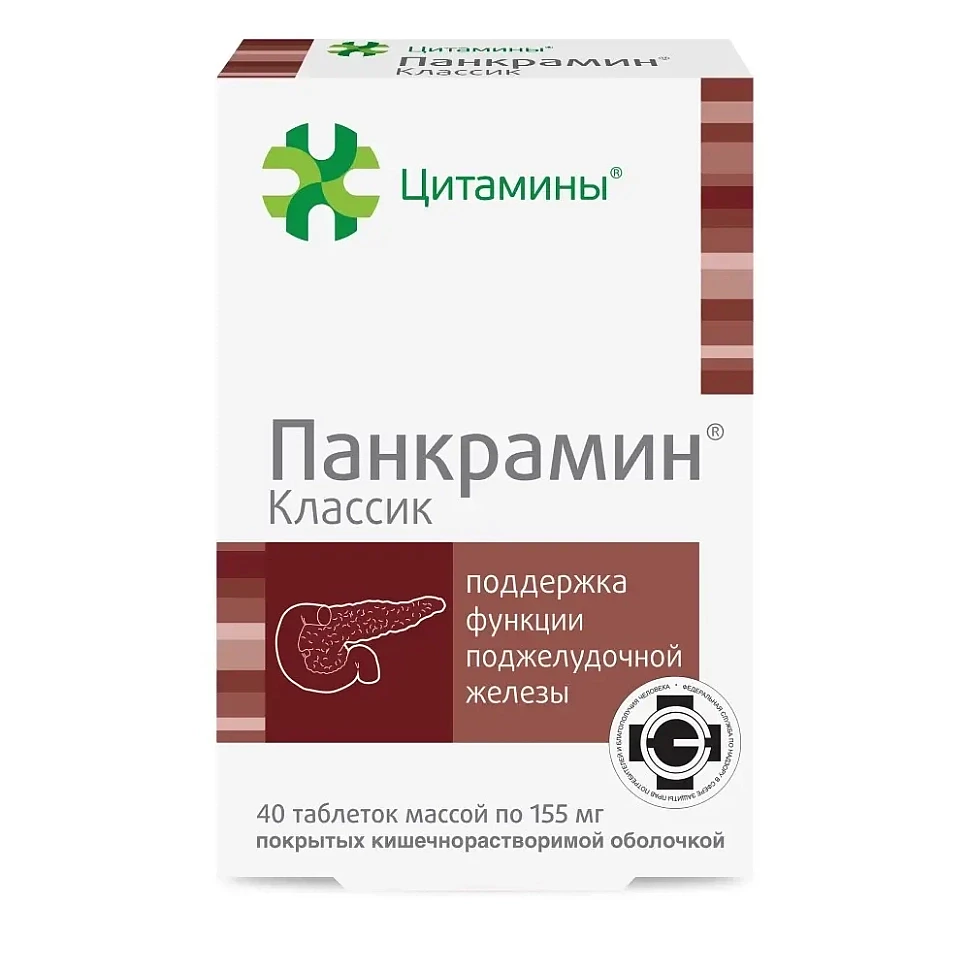Is It Safe to Exercise with Pancreatitis?

Pancreatitis is a serious disorder that affects the pancreas and can greatly affect a person's quality of life. Many people with this condition ask: is it possible to exercise in pancreatitis? After all, physical activity is an integral part of a healthy lifestyle. In this article, we will examine this topic in detail, drawing on expert opinions and the latest scientific evidence.
What is pancreatitis and how does it affect the body?
First of all, let's figure out what pancreatitis is. It is inflammation of the pancreas, an organ that plays a key role in digestion and the regulation of blood sugar. Pancreatitis may be acute or chronic. Acute pancreatitis begins suddenly and lasts for several days, whereas chronic pancreatitis develops gradually and may last for years.
Symptoms of pancreatitis include upper abdominal pain, nausea, vomiting, fever, and a rapid heart rate. Causes may include cholelithiasis, harmful use of alcohol, certain drugs, and other factors.
Benefits of physical activity for pancreatitis
Despite their potential benefits, exercise for pancreatitis requires caution and an individualized approach. Complete rest is recommended during acute exacerbation, which is accompanied by severe pain and inflammation. Intense physical activity during this period can make the condition worse and prolong recovery.
Physical activity, including sports, is generally healthy. It helps to maintain a normal weight, improves the work of the cardiovascular system and improves mood. However, when it comes to pancreatitis, the situation is somewhat more complicated.
Despite their potential benefits, exercise for pancreatitis requires caution and an individualized approach. Complete rest is recommended during acute exacerbation, which is accompanied by severe pain and inflammation. Intense physical activity during this period can make the condition worse and prolong recovery.
Experts believe that mild to moderate exercise may be beneficial for patients with chronic pancreatitis. They help control weight and reduce the risk of diabetes, a common complication of the disease. In addition, regular physical activity helps to reduce the stress, anxiety and depression that often accompany chronic pancreatitis.
Despite their potential benefits, exercise for pancreatitis requires caution and an individualized approach. Complete rest is recommended during acute exacerbation, which is accompanied by severe pain and inflammation. Intense physical activity during this period can make the condition worse and prolong recovery.
Restrictions and Precautions in Sports
Despite their potential benefits, exercise for pancreatitis requires caution and an individualized approach. Complete rest is recommended during acute exacerbation, which is accompanied by severe pain and inflammation. Intense physical activity during this period can make the condition worse and prolong recovery.
What types of physical activity are appropriate for pancreatitis?
The most safe and beneficial types of physical activity for pancreatitis are:

- Moderate walking
- Swimming and water exercises
- Yoga and stretching
- Lightweight weight training using your own weight or elastic bands
- Breathing gymnastics
- It is important to start with minimal loads and gradually increase them under the control of well-being. The optimal
- duration of classes is about 30 minutes per day, it is better to break them up into several short sessions. It is preferable to
- train at home or in comfortable conditions so that you can stop at any time.
Exercise for pancreatitis is like walking a tightrope. You have to be balanced and careful not to hurt yourself.
The role of nutrition and lifestyle
Sport is just one aspect of pancreatitis management. Good nutrition is equally important. Patients are encouraged to follow a fractional diet that limits fat and complex carbohydrates. Alcohol and smoking, which may make the disorder worse, should be avoided.
To sum up, it can be said that sports for pancreatitis are possible and even useful, but require caution and individual approach. Light to moderate physical activity helps control weight and improve well-being and quality of life. But overloading can do more harm than good.
When practicing sports, you should pay attention to sports nutrition. Meals should be taken no later than an hour before the workout and no earlier than an hour after it. It is important to provide the body with enough water to avoid dehydration.
To sum up, it can be said that sports for pancreatitis are possible and even useful, but require caution and individual approach. Light to moderate physical activity helps control weight and improve well-being and quality of life. But overloading can do more harm than good.
Individual approach and doctor's observation
Every case of pancreatitis is unique, so there is no one-size-fits-all guide to sports. Ability and intensity of exercise depend on the stage and severity of the disease, complications, age, and the person’s overall condition.
To sum up, it can be said that sports for pancreatitis are possible and even useful, but require caution and individual approach. Light to moderate physical activity helps control weight and improve well-being and quality of life. But overloading can do more harm than good.
Before the start of any sporting activity, consultation with your attending doctor - gastroenterologist or pancreatic specialist is required. Only he can give individual recommendations, taking into account all the peculiarities of a particular case. Regular monitoring of the condition during physical activity is also needed to adjust the training program in time.
To sum up, it can be said that sports for pancreatitis are possible and even useful, but require caution and individual approach. Light to moderate physical activity helps control weight and improve well-being and quality of life. But overloading can do more harm than good.
To sum up, it can be said that sports for pancreatitis are possible and even useful, but require caution and individual approach. Light to moderate physical activity helps control weight and improve well-being and quality of life. But overloading can do more harm than good.
To accelerate the restoration of pancreatic functions in case of acute and chronic damage, diabetes mellitus, malnutrition, digestive disorders, lipid and carbohydrate metabolism

